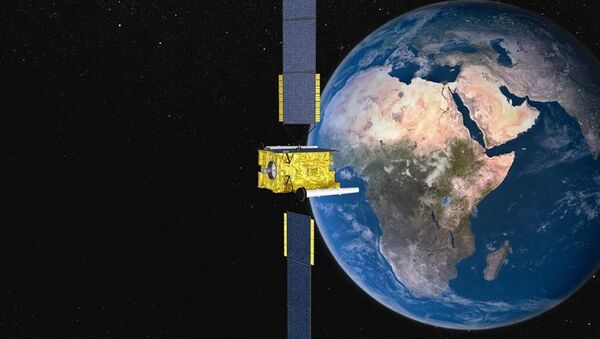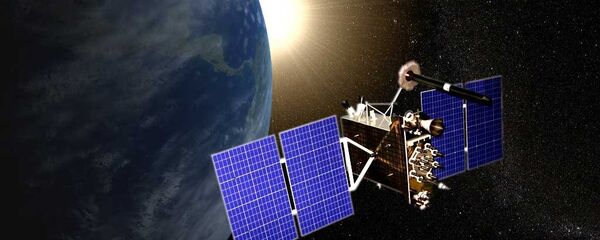The Space Based Space Surveillance System (SBSS) will be used to track space objects, primarily satellites, in geosynchronous orbit. Located some 36,000 kilometers above the equator, the area is densely-populated, with fierce competition for satellite placement.
This competition for orbital proximity, rooted in the numerous advantages of having a satellite at a specific orbital distance from the Earth's surface and hanging above a specific point, has led some US and government officials to feel threatened by Russian and Chinese devices, and has placed a high priority on the SBSS program.
The Bloc 10 Pathfinder, the first satellite in the series, was launched in 2010. It was initially planned to function for 7 years, but its lifetime has been extended to 2020, when a constellation of three next-generation satellites are set to be placed in orbit.
Some $27 million has been allocated to the US Air Force for the SBSS program. The earlier lifetime extension of the original Pathfinder satellite shifted the schedule of the SBSS ‘Follow-on' program however, resulting in significantly reduced funding. The US Air Force sent a letter to Congress, saying some $11 million of the original amount was excessive "due to re-phasing of the SBSS Follow-on program."
Air Force spokeswoman Capt. AnnMarie Annicelli said in a July 22 email to SpaceNews that the SBSS funding "was aligned to match the adjusted program schedule, which allowed for the $11.5 [million] reduction."
Annicelli said the launch of the follow-on satellites remains targeted for 2021, but did not detail other program schedule changes.
One of the key proposed features of SBSS follow-on program is the possibility of hosting surveillance payloads on commercial communications satellites positioned in geosynchronous orbit.


